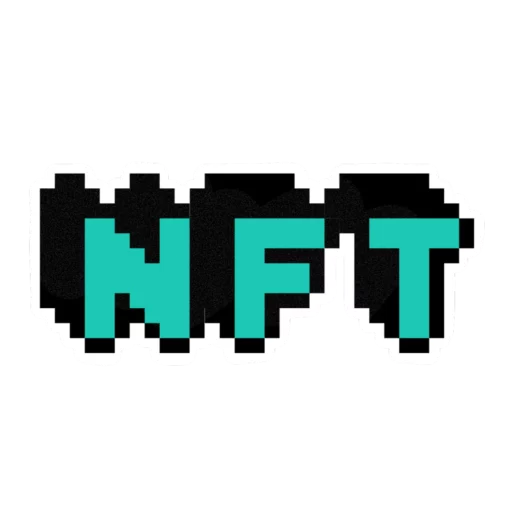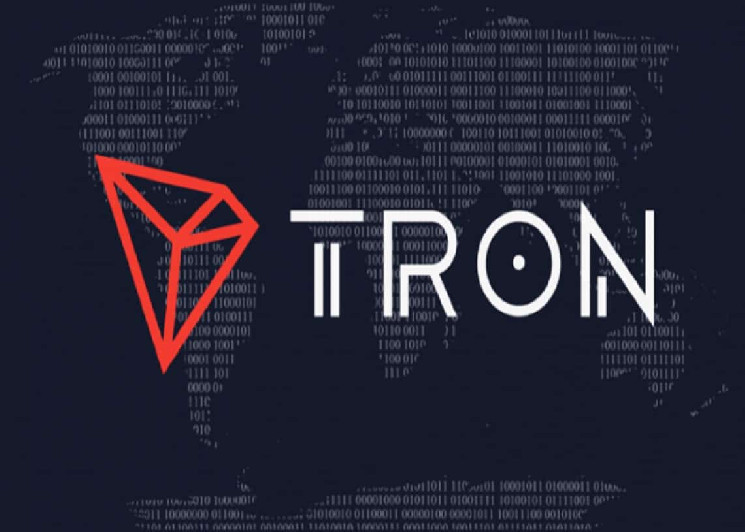Incumbent stablecoin issuers in the crypto space may need to be on high alert as a wave of new competitors are poised to challenge the dominance of industry giants like USDT, USDC, and DAI with a strong focus on payments innovation.
The profitability of Tether, for example, has attracted significant attention, with the leading stablecoin reporting over $4.5 billion in net profit in the first quarter of 2024. This impressive figure has not gone unnoticed by emerging players looking to disrupt the market.
One such disruptor is Agora Dollar, set to launch in June, which plans to share revenue with businesses adopting its AUSD stablecoin. Founder Nick van Eck believes in the growth potential of stablecoins, projecting a surge from $150 billion to $3 trillion by 2030, envisioning a future where all currencies are digitized and FX trading primarily occurs on-chain.
While some stablecoin issuers have attempted to attract users through yield-bearing mechanisms, van Eck warns that this approach may inadvertently classify such stablecoins as securities in various regulatory jurisdictions, limiting their utility and potential adoption.
Efforts are being made to integrate stablecoins like sDAI into payment platforms, such as Gnosis Pay offering debit cards linked to crypto assets like sDAI. However, regulatory challenges and concerns regarding the classification of yield-bearing stablecoins may hinder their mainstream adoption for transactions.
Despite the regulatory landscape, the cryptocurrency industry continues to see new entrants like Stable[dot]com unveiling USD3, aiming to enhance payments, USD access, trading, and settlements with a streamlined approach. The emphasis on regulatory compliance signals a shift towards a more transparent and regulated stablecoin ecosystem.
As the stablecoin market evolves and competition intensifies, established players like Tether face increasing pressure to adapt and innovate to maintain their market share. Disruptors with a strategic focus on payments innovation and regulatory compliance are positioning themselves to challenge incumbents and shape the future of stablecoins in the crypto industry.









